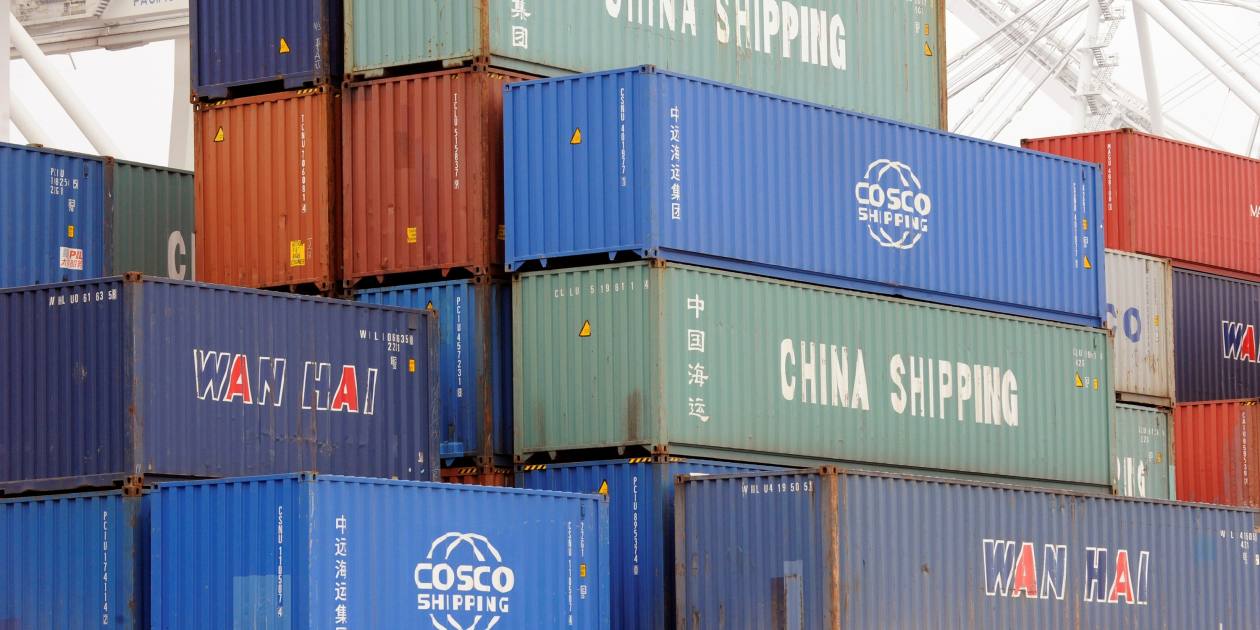- cross-posted to:
- worldnews
- cross-posted to:
- worldnews
This is the best summary I could come up with:
Beyond headlines about defaulting property developers, record youth unemployment, slowing economic growth and increasing signs of deflation, there is growing sentiment that China’s status as the world’s dominant exporter is diminishing as importing countries look to diversify their sourcing.
The relocation of supply chains is picking up speed, with multinationals moving production sourcing from China to locations across Southeast Asia, Eastern Europe, North Africa and Latin America.
Meanwhile, as China’s share of U.S. imports has dropped, those of a cast of countries including Vietnam, Thailand, Malaysia, Bangladesh, South Korea, India, Indonesia and Turkey have been rising.
It then accelerated as the pandemic wound down as risk mitigation became a mantra of supply chain planning due to worries that a new shock could occur at any time whether because of geopolitics, weather, cyberattacks or another public health crisis.
In effect, China is engaging in its own decoupling drive by reducing its dependence on imports of industrial inputs even as it diversifies its export markets and seeks ways around obstacles created by U.S. tariffs.
To wit, China’s share of containerized ocean freight imports from Asia into North America has fallen from 65% to 60% since 2019, according to British shipping data service Container Trade Statistics.
The original article contains 694 words, the summary contains 203 words. Saved 71%. I’m a bot and I’m open source!



